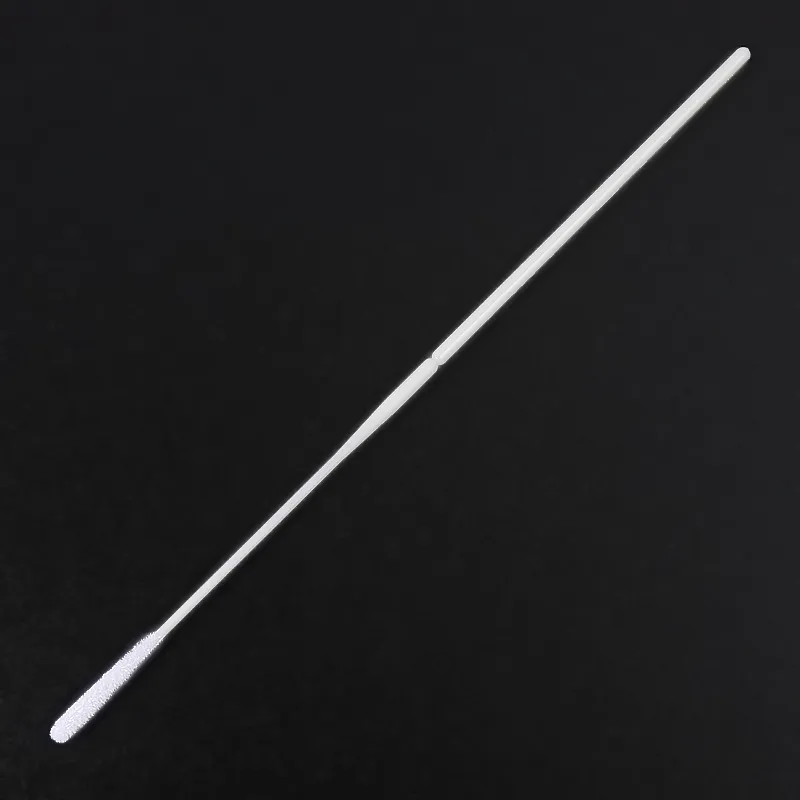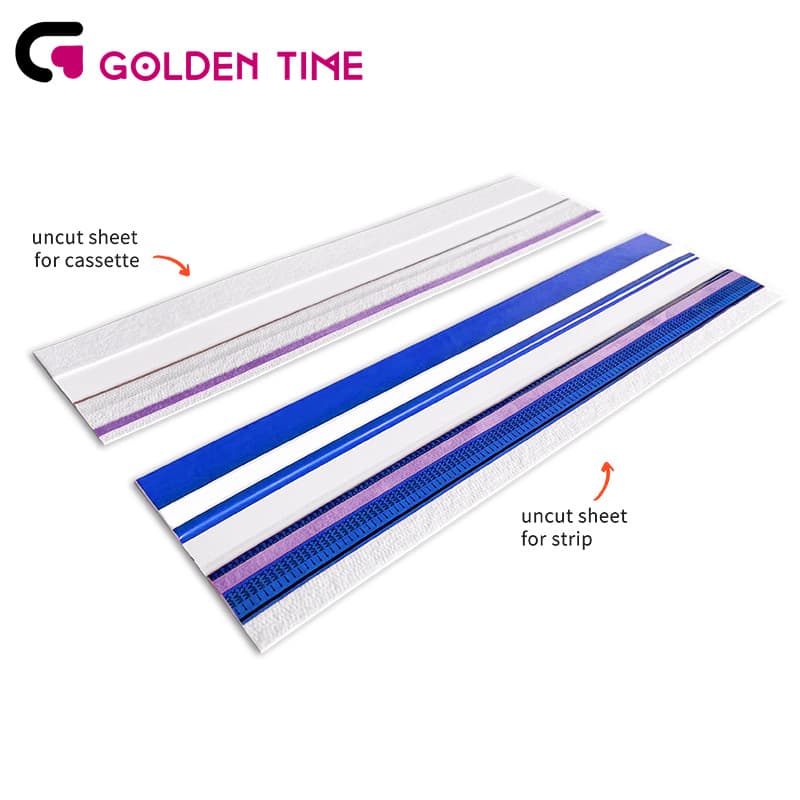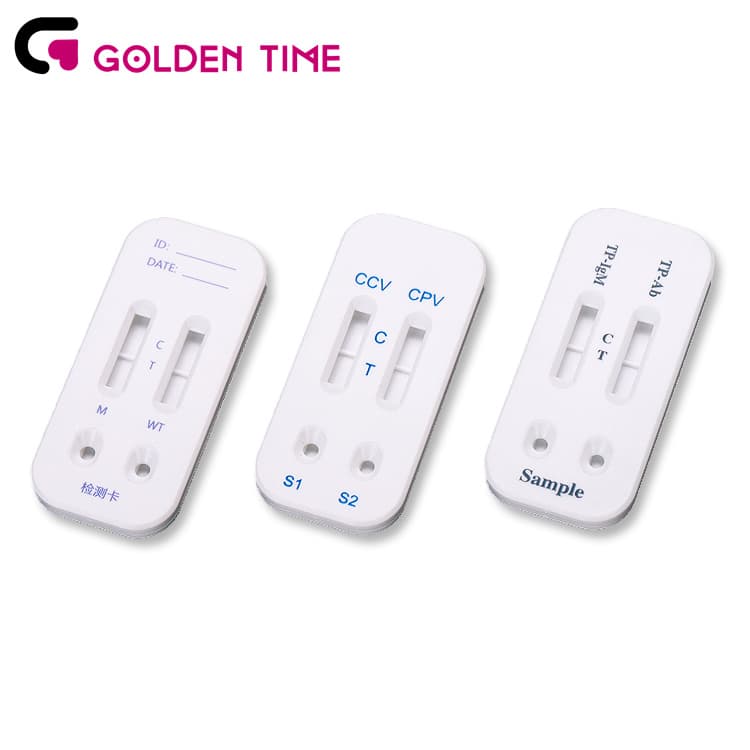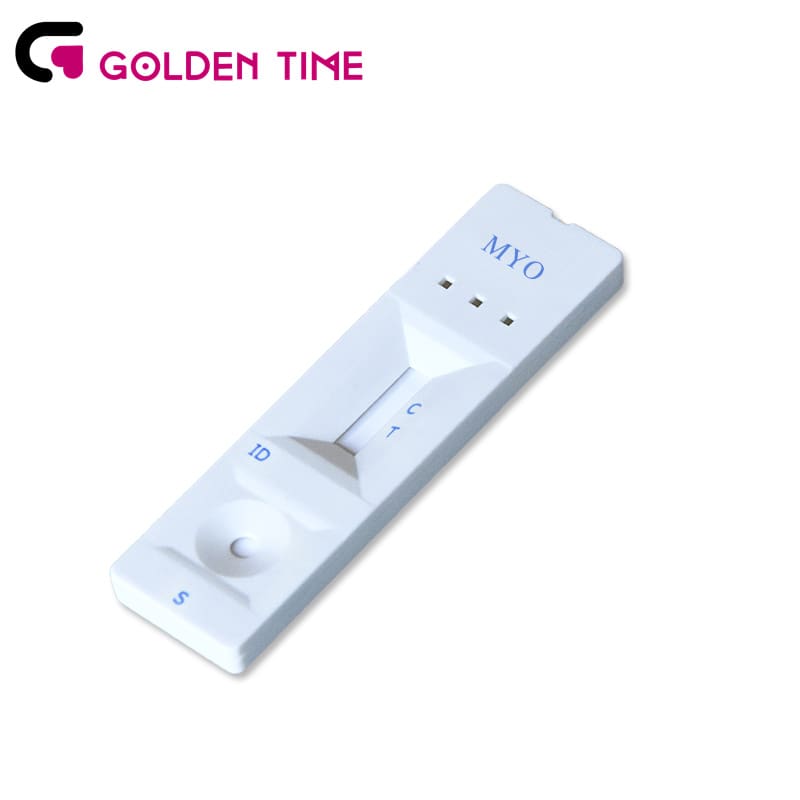Nouvelles
-

Rapid Fabrication of Sterile Medical Nasopharyngeal Swabs
The 3D printing of nasopharyngeal swabs during the COVID-19 pandemic presents a central case of how to efficiently address a break in the global supply chain of medical equipment. Herein a comprehensive study of swab design considerations for mass production by stereolithography is presented. The retention and comfort performance of a range of novel designs of 3D-printed swabs are compared with the standard flocked-head swab used in clinical environments. Sample retention of the 3D swab is governed by the volume, porosity density, and void fraction of the head as well as by the pore geometry. 3D-printed swabs outperform conventional flock-head swabs in terms of sample retention. It is argued that mechanically functional designs of the swab head, such as corkscrew-shaped heads and negative Poisson ratio heads, maximize sample retention and improve patient comfort. In addition, available designs of swab shafts for an optimized sample collection procedure are characterized. The study is conducted in vitro, using artificial mucus, covering the full range of human mucus viscosities in a 3D-printed model of a nasal cavity. The work sets the path for the resilient supply of widespread sterile testing equipment as a rapid response to the current and future pandemics.Read more -

Utilizing Moist or Dry Swabs for the Sampling of Nasal MRSA Carriers? An In Vivo and In Vitro Study
This study investigates the quantitative bacterial recovery of Methicillin-resistant Staphylococcus aureus (MRSA) in nasal screenings by utilizing dry or moistened swabs within an in vivo and an in vitro experimental setting. 135 nasal MRSA carriers were each swabbed in one nostril with a dry and in the other one with a moistened rayon swab. Quantitative bacterial recovery was measured by standard viable count techniques. Furthermore, an anatomically correct artificial nose model was inoculated with a numerically defined suspension of MRSA and swabbed with dry and moistened rayon, polyurethane-foam and nylon-flocked swabs to test these different settings and swab-materials under identical laboratory conditions. In vivo, quantities of MRSA per nostril in carriers varied between <101 and >107 colony forming units, with a median of 2.15x104 CFU. However, no statistically significant differences could be detected for the recovery of MRSA quantities when swabbing nasal carriers with moist or dry rayon swabs. In vitro testing confirmed the in vivo data for swabs with rayon, polyurethane and nylon-flocked tips, since pre-moistening of swabs did not significantly affect the quantities of retrieved bacteria. Therefore, pre-moistening of swabs prior to nasal MRSA sampling provides no advantage in terms of recovering greater bacterial quantities and therefore can be omitted. In addition, this situation can be mimicked in an in vitro model, thereby providing a useful basis for future in vitro testings of new swab types or target organisms for screening approaches.Read more -

Validation of a Nylon-Flocked-Swab Protocol for Efficient Recovery
In order to meet planetary-protection requirements, culturable bacterial spore loads are measured representatively for the total microbial contamination of spacecraft. However, the National Aeronautics and Space Administration's (NASA's) cotton swab protocols for spore load determination have not changed for decades. To determine whether a more efficient alternative was available, a novel swab was evaluated for recovery of different Bacillus atrophaeus spore concentrations on stainless steel and other surfaces. Two protocols for the nylon-flocked swab (NFS) were validated and compared to the present NASA standard protocol. The results indicate that the novel swab protocols recover 3- to 4-fold more (45.4% and 49.0% recovery efficiency) B. atrophaeus spores than the NASA standard method (13.2%). Moreover, the nylon-flocked-swab protocols were superior in recovery efficiency for spores of seven different Bacillus species, including Bacillus anthracis Sterne (recovery efficiency, 20%). The recovery efficiencies for B. atrophaeus spores from different surfaces showed a variation from 5.9 to 62.0%, depending on the roughness of the surface analyzed. Direct inoculation of the swab resulted in a recovery rate of about 80%, consistent with the results of scanning electron micrographs that allowed detailed comparisons of the two swab types. The results of this investigation will significantly contribute to the cleanliness control of future life detection missions and will provide significant improvement in detection of B. anthracis contamination for law enforcement and security efforts.Read more -

NASOPHARYNGEAL SWAB COLLECTION
Flocked tipped nasopharyngeal swab with nylon fiber and aluminum shaft (Lawson# 63252).DO NOT USE wood-shafted or calcium alginate swabs.M6 Viral Transport Media (Lawson# 64758).Read more -

Essential Guide to Sterile Sampling Swabs
The COVID-19 pandemic of 2020, which is caused by the SARS-CoV-2 (commonly known as the novel coronavirus), has caused a huge spike in demand for sampling swabs. While there have been swab shortages to fill the urgent need of COVID-19 testing, care still needs to be taken to qualify and source the best swab for the type of sampling that is required.Read more -

How to Obtain a Nasopharyngeal Swab Specimen
Collection of specimens from the surface of the respiratory mucosa with nasopharyngeal swabs is a procedure used for the diagnosis of Covid-19 in adults and children.1-4 The procedure is also commonly used to evaluate patients with suspected respiratory infection caused by other viruses and some bacteria. This video describes the collection of nasopharyngeal specimens for detection of Covid-19, the illness caused by infection with severe acute respiratory syndrome coronavirus 2 (SARS-CoV-2).There are no specific contraindications for collecting specimens with nasopharyngeal swabs. However, clinicians should be cautious if the patient has had recent nasal trauma or surgery, has a markedly deviated nasal septum, or has a history of chronically blocked nasal passages or severe coagulopathy.Read more -

How to use a COVID-19 rapid lateral flow test
How you do the test depends on the test kit you’re using.Rapid lateral flow tests require either a:throat and nose swabnose swab onlyThe test you have might be different to one you've done before so it's important to read the instructions carefully before you do the test.Read more -

Rapid Influenza Diagnostic Tests Speedy Detection for Accurate Illness Identification
Rapid Influenza Diagnostics Tests A Game-Changer in the Battle Against Epidemics In recent years, tRead more -

FOB Test Uncovering Global Trade Insights and Responsibilities
The FOB Test Unraveling the Essence of International Trade In the complex tapestry of global commerRead more -

Top 10 Best Pregnancy Test Kit Brands Unveiling High Accuracy Manufacturers
Unveiling the Best Pregnancy Test Kits A Comprehensive Manufacturer Review In the realm of fertilitRead more -

Exploring Top Rapid Malaria Test Brands A Comprehensive Guide
Rapid Malaria Tests Manufacturers and Their Impact on Global Health In the realm of global public hRead more -

Top 20 Best Ovulation Tracker Kits High-Quality Suppliers for Fertility Success
Unveiling the Best Ovulation Tracker Kits A Comprehensive Guide to Suppliers In the quest for fertiRead more

